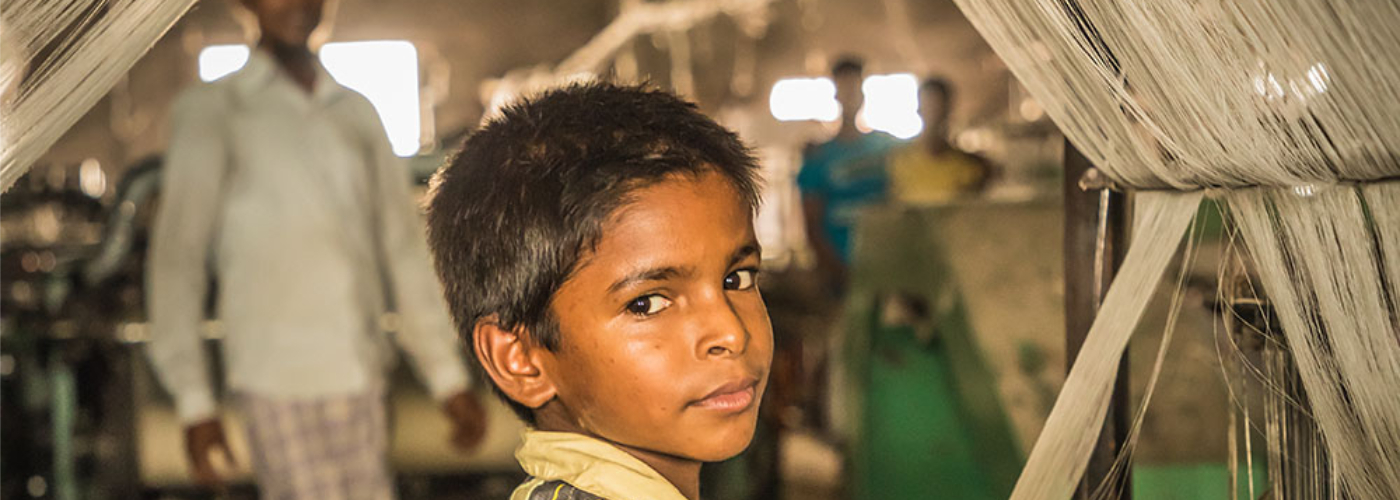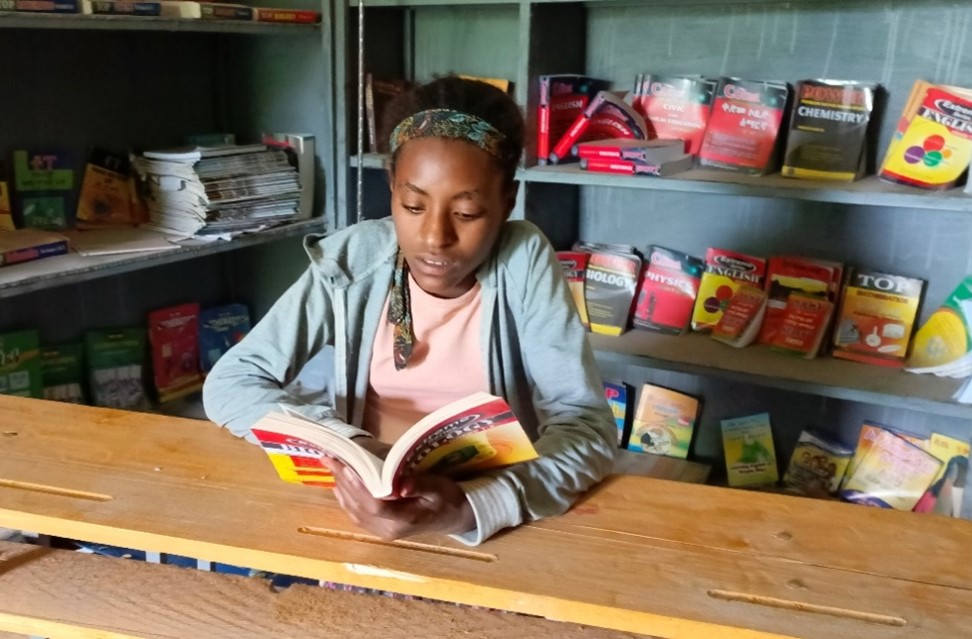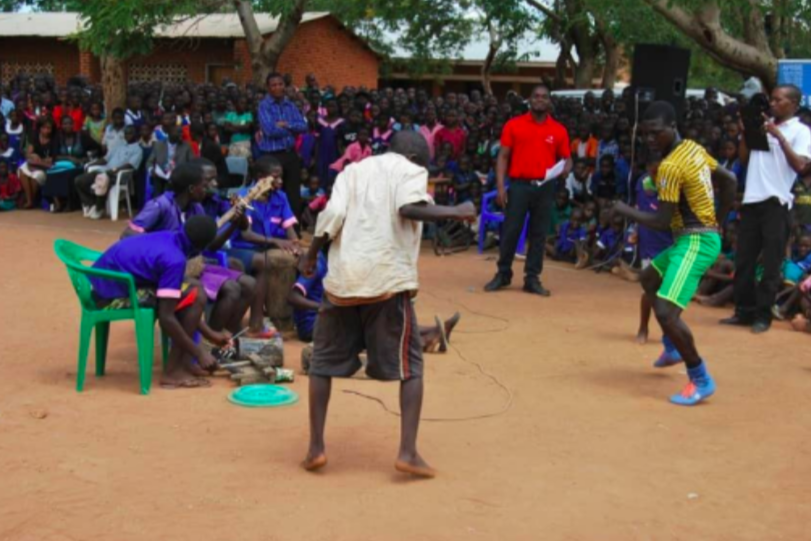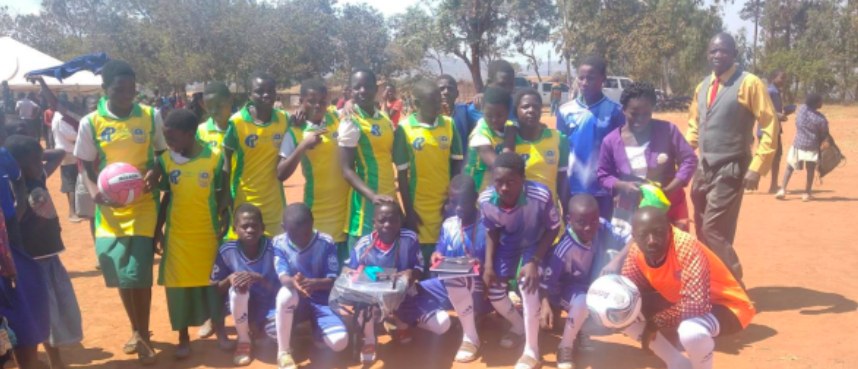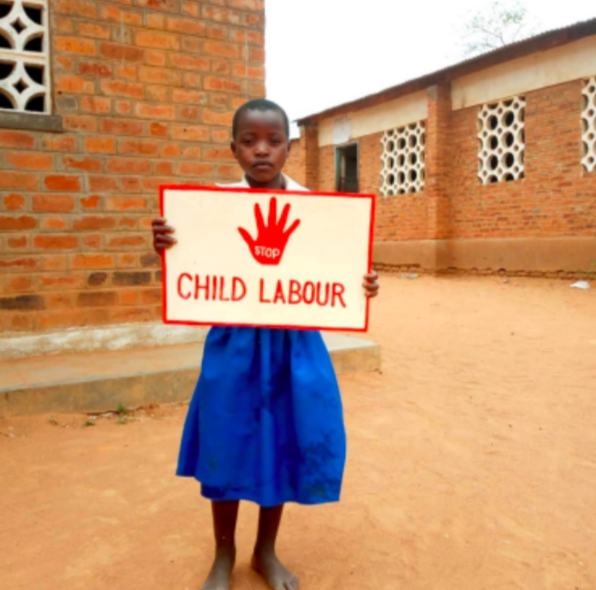Five lessons on combating child labour in the garment and textile industry
Six companies that have signed the Dutch Agreement on Sustainable Garments and Textile took concrete steps to eliminate child labour in India and Bangladesh. Akky de Kort, project coordinator at Hivos, explains the five most important lessons of this project.
Original article by Corien Lambregtse published in SER Magazine (Social and Economic Council of the Netherlands)
- Structural solutions take time
“There are no simple, quick solutions to eradicate child labour,” says Akky de Kort of Hivos. “It’s not possible to combat child labour by just building a school next to the factory. You have to tackle the root causes. Structural changes are needed, and these changes take time. A company cannot do this on its own. Even if there is no child to be seen during audits in a factory, that doesn’t mean there is no child labour in the supply chain: at the spinning mills, dyers and in cotton farming. Child labour is often a problem deeper in the supply chain”.
The six companies participating in the Agreement on Sustainable Garments and Textile have taken concrete steps in recent years. They worked together in a joint project with, among others, UNICEF, Arisa and local civil society organisations. De Kort: “Dutch garment and textile brands and companies feel responsible for the problems in their supply chains. Within the agreement, they work together with NGOs and trade unions, both here and in the producing countries. The NGOs know exactly what is happening in an area or a factory and they can provide more relevant information than a company would get from an audit”.
- Real solutions are local solutions
“The only way for a company to tackle the problem of child labour is to engage with its suppliers, local governments and local communities, and together create opportunities to raise awareness and set up training programmes for example. People need to understand that children do not belong in the factory or in the field, but at school. All children have the right to go to school”.
Although this only works if certain preconditions are met, according to De Kort. “For example, there must be childcare, so that older children do not have to look after their siblings but can go to school. Employees must receive a living wage so that the family can manage without the income of children. And there must be limits on overtime, giving parents time to look after their children”.
Child labour is a complex problem because there are many factors that sustain child labour. That is why every new project against child labour should start with an assessment of what is happening, the root causes of child labour and what solutions are appropriate.
“A company can contribute to the solution by improving working conditions, providing childcare and paying a living wage. The government can contribute by providing quality education and promote living wages. But the need for this must also be felt by the local community, otherwise child labour will continue to exist. The solution is to involve everyone: local governments, schools, factories and families, for example in the form of a parents’ committee at a school and an employees’ committee at a factory”.
- Awareness is the first step
“People often have no idea what their rights are, whether that are children’s rights or labour rights,” says De Kort. “That’s why with our project against child labour, we first focused on raising awareness and then made step-by-step improvements.
We have achieved that 12,000 workers are working under safer conditions and have become more aware of their rights and the rights and needs for their children. The position of workers’ committees has improved, with workers’ complaints being handled and resolved in many cases. More workers have also gained access to social security. These are great results.”
- Cooperation gives strength in the event of crises
The cooperation between the Dutch garment and textile companies and their suppliers has intensified appreciation to the project, concludes De Kort. “During the Covid-19 crisis it became clear how important a good relationship is. Dutch companies supported their suppliers during the lockdown in order to be able to continue paying workers. Suppliers found alternatives and continued delivering as much as possible. There was a lot of mutual understanding and appreciation. Better relationships ensure that both parties are better equipped to deal with shocks. Like Covid-19, but also an earthquake, flooding or civil war”.
- A project helps to initiate change
The projects in India and Bangladesh have developed instruments that can also be used in other projects. “One example is the child-friendly method for age verification,” explains De Kort. “When people cannot read or write, they often do not know in which year their child was born, but they do know, for example, if there was a special event in that year of birth. That can give an indication of the birth year of the child.
Companies and NGOs can use these instruments, also in other sectors or regions. UNICEF and Arisa are already working on new projects in India and Turkey. It is noteworthy that companies are becoming more and more involved, proactive in thinking and acting. We see a lot of good things happening. So, the fight against child labour continues.”
Project Remedies Towards a Better Workplace
Remedies Towards a Better Workplace is a collective project of the Agreement on Sustainable Garments and Textile. The SER facilitates this multi-stakeholder collaboration. Companies that participated in the project were Hunkemöller, Prénatal, WE Fashion, Cool Investments, O’Neill and FNG group. Participating NGOs were UNICEF, Arisa, SAVE, READ, CCR CSR, Fair Labor Association and INretail. The project ran from 2017 to 2020 in India and Bangladesh and was coordinated by Hivos.

